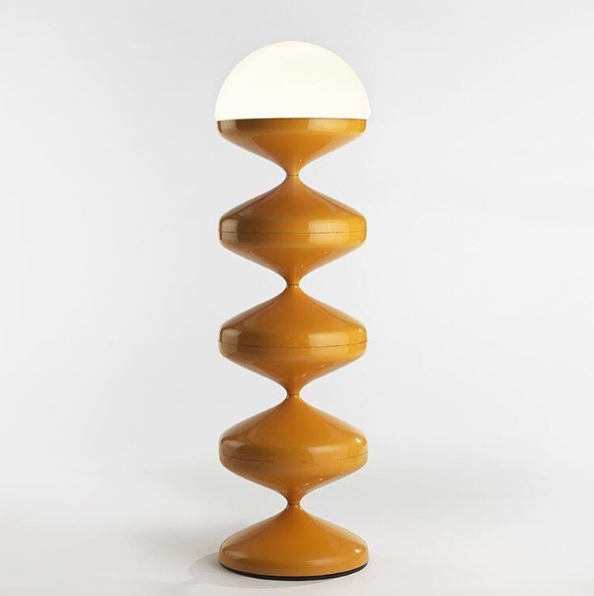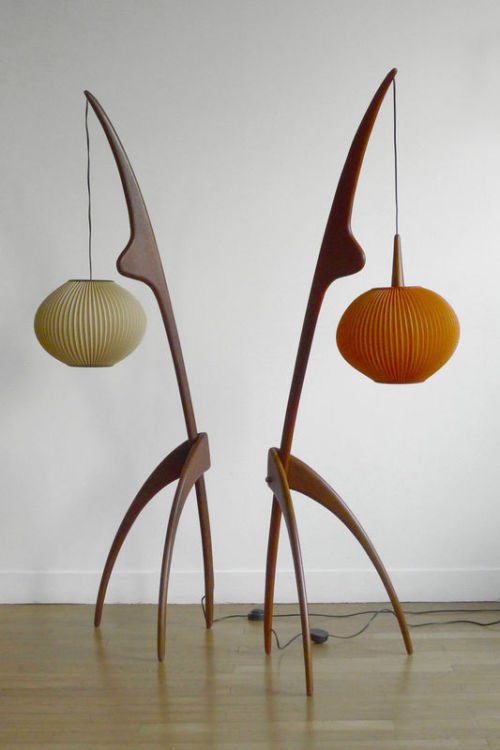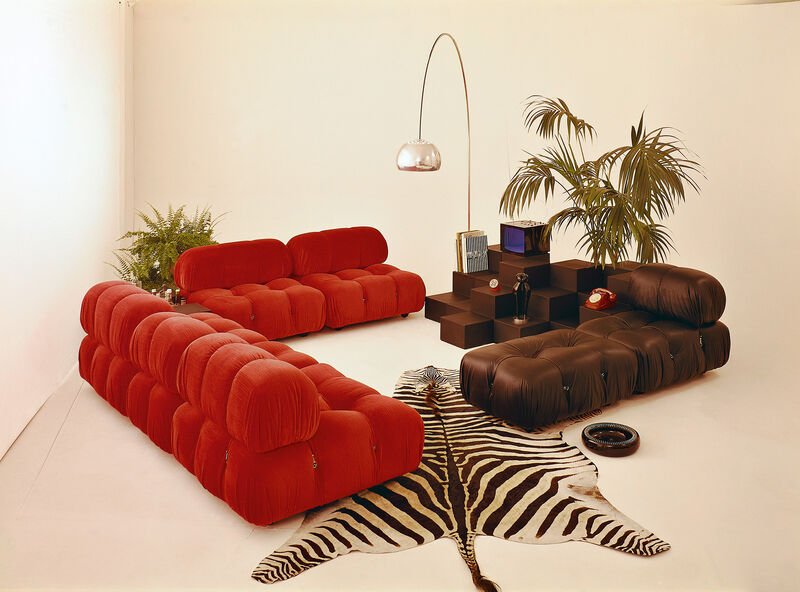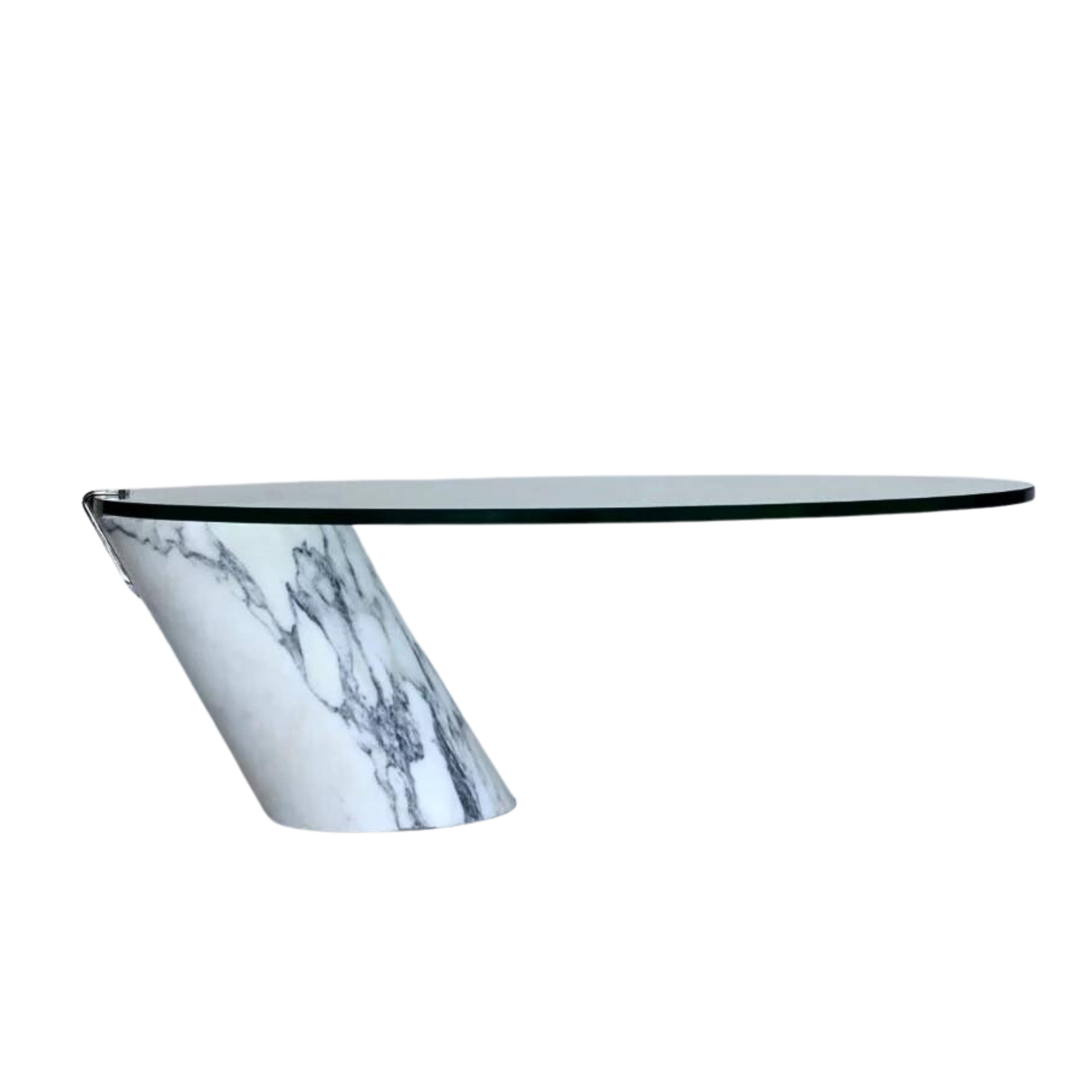FEATURED: Floor Lamps
The Magic of Lighting in Interior Design
When it comes to interior design, lighting plays a crucial role in setting the mood and enhancing the overall ambiance of a space. Just like a well-composed symphony, the right lighting can accentuate all the right notes, bringing warmth, depth, and character to any room. Whether your style is modern, vintage, minimalist, or eclectic, mastering the art of lighting can truly transform a space into something magical.
Creating a Welcoming Entrance
The entrance to any space sets the tone for what lies inside. Lighting can be used strategically to create a warm and inviting atmosphere right from the moment you step inside. Whether it's a grand chandelier cascading down a double-height foyer or a series of subtle wall sconces lining a narrow hallway, the lighting fixtures chosen carefully can instantly make guests feel comfortable and welcomed.
Accentuating Architectural Features
Every space has its own unique architectural features that deserve to be highlighted. The strategic placement of lighting fixtures can draw attention to these elements, adding depth and intrigue to the design. Recessed lighting can be used to accentuate beams or arches, while track lighting can be directed towards artwork or sculptures, creating a gallery-like effect. By utilizing lighting in this way, the architectural beauty of a space can truly be appreciated.
Setting the Mood with Warmth
Certain areas within our homes serve specific functions that demand different lighting requirements. In a living room, for instance, soft, warm lighting can create a cozy and tranquil atmosphere, perfect for relaxation and socializing. This can be achieved through the use of table lamps, floor lamps, or even dimmer switches, allowing the homeowner to easily adjust the intensity of the light as desired.
On the other hand, in spaces like the kitchen or home office, task lighting takes center stage. Bright, focused lighting in these areas can improve functionality, making tasks such as cooking or working more efficient and comfortable. Under-cabinet lighting, pendant lights, or adjustable desk lamps are some examples of task lighting that can be used effectively in these spaces.
Incorporating Decorative Elements
Lighting fixtures can be much more than just a functional necessity. They can serve as decorative elements that contribute to the overall aesthetic appeal of a room. Statement chandeliers, for example, can become a centerpiece and conversation starter in a dining room, while unique pendant lights can add a touch of personality to a kitchen or bedroom.
When selecting
Here are some of our favorite vintage floor lamps from the 50s, 60s and 70s.
Tobia & Afra Scarpa ‘Fantasma’ Floor Lamp for Flos, 1963
'Ponte' Floor lamp by Studio A.R.D.I.T.I. for Sormani, 1970
Isamu Noguchi Akari Floor Lamp BB3-33S, designed in 1951
Olivier Mourgue ‘Fleurs’ floor lamp for Disderot, France, 1970
source
XXL ‘Clan’ Lamp by Harvey Guzzini & Studio 6g for Iguzzini, 1968
Floor Lamp by Garrault-Delord, 1971
Rare 'Vegnusca' Floor Light by Poliarte, 1974
Pair of Large ‘Camel' Floor Lamps by Josef Frank, Sweden, 1960s
LT316 Floor Lamp by Carlo Nason for Mazzega, 1960s
source
Floor Lamp model ‘D-2001’ by RAAK, The Netherlands, 1962
Rare ‘Helvetica’ Floor Lamp by Carl Moor for BAG Turgi, 1960s
Floor Lamp by Carlo Nason for Selenova, Italy, 1960
Akari 10A by Isamu Noguchi, Ozeki, 1951
Large Original Early Lamp '2049 RE' by Bobo Piccoli, Fontana Arte 1968
‘Cactus’ floor lamp Model LT 320 By Carlo Nason For Mazzega, Italy, 1960s
Hans-Agne Jakobsson 'Balloon' Floor Lamp, 1960s
Pair of Wood Tripod Floor Lamps by Hans-Agne Jakobsson for AB Ellysett, 1960s
‘Chiara’ floor lamp by Mario Bellini for Flos, 1967
source
‘Oracolo’ floor lamp by Gae Aulenti for Artemide, 1969
‘Helga’ Floor Lamp by Paolo Portoghesi & Silvio Bilangione for Fumagalli, 1967
Sculptural Table Lamp or Floor Light 'Bruco' by Giovanni Banci, 1960s, Italy
Model 1078 Floor Lamp by Vittoriano Viganò for Arteluce, 1960s
‘Tamburo’ Floor Lamp by Afra & Tobia Scarpa for Flos, 1970s
Florian Schulz Double Ball Brass Arc Floor Lamp, 1970
‘Alba’ floor lamp by Sergio Brazzoli & Ermanno Lampa for Harvey Guzzini, 1970s
Rare Sculptural 'Ritto' Floor Lamp by Leonardi & Stagi for Lumenform, 1972
‘Crylicord’ Floor Lamp by Peter Hamburger for Knoll, circa 1970
source
Bamboo Floor Lamp by Enrico Tronconi for Vistosi, 1970s
floor Lamp by Joe Colombo for Oluce, 1970s
Italian Modern Plastic Yellow Glass Floor Lamp by Annig Sarian for Kartell 1970s
9z Lamps by Cedric Hartman, 1979
‘Élysee’ floor lamps by Pierre Paulin, 1960s
Pair of J.M.F. Brass and Leather Floor Lamps by Karl Springer, 1975
‘Bul Bo’ Floor Lamp by Gabetti E Isola Milano, Italy, 1969
‘Safari’ Floor Lamp by Robert Sonneman, 1975
source
Mod. 1096 floor lamp by Gino Sarfatti for Arteluce, 1970s
source
Rare Poliarte Standing Light, Italy, 1968
Gae Aulenti for Poltronova 'Locus Solus' Floor Lamp, circa 1964
Paul Evans, Cityscape Floor Lamp, USA, 1970s
Floor Lamp 'Aloa', Adjustable Positions, by Claudio Salocchi, 1971
Gio Ponti Floor Lamp, 1974
Mid-Century Modern Black Brass Vintage Floor Lamp by J. T. Kalmar, Vienna, circa 1960
Antonio Pavia Set of Three Floor Lamps or Sconces Brass, Italy, circa 1970
source
Ettore Sottsass ‘Moonlight’ Floor Lamp model no. 14104, Italy 1970s
source
Mid Century Evoluon Floor Lamp by Louis Kalff for Philips, 1960s
Cocoon Floor Lamp by Flos, Italy, 1960s
Chimera Floor Lamp by Vico Magistretti for Artemide, 1980s
‘Ghost’ lamp by Shiro Kuramata for Yamagiwa, 1972
Luminator Lamp by Luciano Baldessari, Italy, 1979
Gio Ponti Rare Polsino Floor Lamp for Guzzini, circa 1967, Italy
Area 210 Floor Lamp by Mario Bellini for Artemide, 1960s
Valenti Leather Floor Lamp, 1970s Spain
source
Fontana Arte Vintage Italian Arc Floor Lamp by Max Ingrand, 1970s
Fine French Illuminated Column by Jean Perzel, 1960s
Gianfranco Frattini Floor Lights '2' Opal Glass Grid Black White, Italy, 1970
Claudio Salocchi Floor Lamp 'Riflessione' for Skipper, 1970s
Disk Floor Lamp by Aldo vvan den Nieywelaar, 1974
Lampione Floor Lamp by Fabio Lenci for Guzzini, 1970S

Floor Lamp by Etienne Fermigier, 1969

Floor lamps by Rispal, 1950s
DISCLAIMER: THE MILLIE VINTAGE DOES NOT OWN ANY RIGHTS TO THESE PHOTOS. PLEASE NOTE THAT ALL IMAGES AND COPYRIGHT BELONGS TO THE ORIGINAL OWNERS. NO COPYRIGHT INFRINGEMENT INTENDED.
MORE LIKE THIS
Whether you're a devoted connoisseur of vintage design seeking credible insights, or simply in search of stylish coffee table books filled with captivating photos, these selections are sure to impress and inspire.
The kitchen is known to be the heart of the home. Today we are seeing many designers revive retro trends from the 60s and 70s. Both eras offer unique design elements that combine functionality with personality.
The Gehry Residence in Santa Monica, California, is one of the most famous examples of architect Frank Gehry's deconstructivist style.
The same year the man landed on the moon, architect Maurice Medcalfe designed The Bubble House. Located at East 71st Street in the Upper East Side…
The interior design of airplanes in the 1960s and 1970s reflected the cultural trends and technological advancements of the time, often emphasizing luxury, style, and innovation. These decades were considered the "Golden Age of Air Travel”…
Italian design in the 1960s and 1970s was marked by a distinct blend of innovation and tradition, reflecting both social changes and advancements in materials and technology.
Villa Sayer in Normandy is another significant residential project designed by Marcel Breuer in the 1970s. It represents Breuer’s exploration of modernist design principles in the context of a more rural, French setting.
Ricardo Fasanello is a notable Brazilian furniture designer recognized for his unique approach that combines modern aesthetics with functionality.
Bennett himself referred to the building as a “Manhattan A-frame.” The historic Dakota was constructed between 1880 and 1884 and was added to the National Register of Historic Places in 1972.
The Château La Coste exhibition lies within the Oscar Niemeyer Auditorium. Paulin’s designs and Niemeyer’s vision create an otherworldly experience with the buildings curvaceous forms complementing Paulin’s serpentine-like storage units and organic biomorphic sofas.
In 1960, Marc Held founded Archiform, a Paris-based design firm where designers and architects could come together as a study center.
Joseph D'Urso (1937–2002) was a prominent American interior and furniture designer known for his minimalist and functional designs that emphasized simplicity and elegance.
Harry Gesner is a prominent American architect known for his innovative designs and use of unconventional materials in architecture.
Located in Dallas, Texas and situated on nearly half an acre, this architectural marvel is a sophisticated mix of vintage and modern elements that incorporate natural stone, wood, and glass.
Brutalist design is an architectural and artistic movement that emerged in the mid-20th century, characterized by its stark, rugged aesthetic and the use of raw materials.
American architect Bruce Goff is known for his out-of-this-world, eclectic, modernist homes. nearly 500 of them span across the mid-west, of which only a handful remain.
Gio Ponti was an influential Italian furniture designer, architect, and industrial designer, who was born on November 18, 1891, in Milan.
Known for its mid-century architecture, Fire Island Pines also has a unique past serving as a haven for tastemakers in the 1960s and 70s.
Wood paneling brings a sense of nature indoors, with its grains, knots, and varying tones creating a visually appealing backdrop. It adds depth and texture to a room, often becoming a focal point or enhancing the overall ambiance.





































































































































































It’s no surprise that celebrities have the ability to acquire some of the most rare and incredible pieces of design. We are thrilled to see faces we look up to, enjoying vintage design as much as we do.